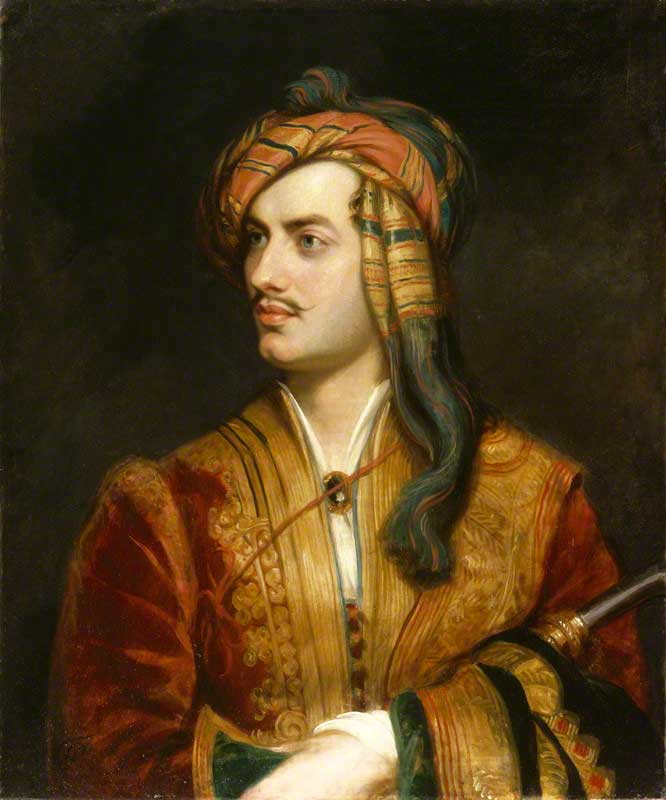Bowood House is a Grade I-listed Georgian-era country house surrounded by 40.5ha (100 acres) of ‘Capability’ Brown-designed parkland.
In 1725 a house was built here on the site of a hunting lodge and a large drawing room was built in the 1770s to connect the two parts of the house (the Big House and the Little House).
Many of the paintings, sculpture and other objects on display at Bowood House came from William Petty, 1st Marquess of Lansdown, who was prime minister between 1782 and 1783. The 1st Marquess also commissioned Robert Adam to decorate some of the grander rooms in the house and also added the orangery and a menagerie where a leopard and an orangutan lived during the 18th century.
The orangery was used as a Red Cross hospital during the First World War and the Big House was used as a school and then occupied by the Royal Air Force during the Second World War.
The Big House was demolished in 1955 and 1956 and around the same time the Little House was renovated to make it a more comfortable place to live. The dining room from the Big House was purchased by Lloyd’s of London and has been re-installed on the 11th floor of the Lloyds building on Lime Street in London.
Like many English stately homes, Bowood House has been used as a film set. Antiques Roadshow (2016), Countryfile (2018), Poldark (2017–2018), Sanditon (2019) and the Downton Abbey film (2019) have all been filmed here.
What to see at Bowood House and Gardens
Despite a large portion of the house being demolished in the mid-20th century, Bowood House remains a large country home.
The house is still the family home to the current Marquess and Marchioness of Lansdowne so many of the rooms are not open to the public. However, the front wing of the house is open to the public and this includes the orangery and the family library as well as exhibition rooms with museum-style exhibits about the house.
The orangery was originally designed as a conservatory but is now used as an art gallery with Old Masters and paintings from the 19th century on display. This room also includes a small display of paintings relating to Napoleon Bonaparte (more Napoleon-related artefacts can be found in the exhibition rooms upstairs).
What was originally built as a menagerie is now Bowood House’s sculpture gallery. In addition to sculpture, this room also has two large 16th-century Flemish tapestries on display here.
The main feature of the 19th-century chapel is its chamber organ. Although the organ was only installed in 2004, the case in which the pipes are set dates from the 18th century.
The family library is a large, but cosy, room that houses a collection of over 5,000 books collected by the 3rd Marquess.
Another room that is open to visitors is the room used as a laboratory by Joseph Priestley during the 18th century. It was here, on 1 August 1774, that Priestley discovered oxygen. After the discovery of oxygen, Dr Jan Ingenhousz identified the process of photosynthesis in the same room. The laboratory is an ante-room adjoining the library.
There are several exhibition rooms upstairs with museum-style exhibits. This includes almost 300 years of artefacts and antiques showcasing the family history as well as several priceless treasures including Napoleon’s death mask, Napoleon’s handkerchief, Queen Victoria’s wedding chair and a 19th-century Albanian costume worn by Lord Byron in an 1813 painting by Thomas Phillips.

With 2020 marking the 65th anniversary of the auctions that led up to the demolition of the Big House, there is a fascinating exhibition about the 250 country houses demolished during the 20 years following the end of the Second World War. The exhibition also shows how this affected Bowood House and how the estate has diversified away from farming towards tourism to survive and prosper.
The gardens feature a large adventure play area that includes a life-size pirate ship as well as a soft play area for younger children.
The gardens have some lovely walking paths and many people visit to see the rhododendrons in May and June and the daffodils and bluebells in spring.
![The Doric Temple in the gardens is a Grade II-listed structure that dates from around 1800. (Photo: Philip Halling [CC BY-SA 2.0])](https://englandrover.com/wp-content/uploads/2019/12/bowood-house-gardens-geograph.jpg)
Visiting Bowood House and Gardens
Bowood House is in the countryside around a 25-minute walk from the village of Derry Hill, which is located between Calne and Chippenham.
Bus routes 33 and 55 Gold run from Chippenham to Derry Hill. Bowood House is around a 25-minute walk from the Studley Crossroads bus stop on the eastern edge of Derry Hill. The Stagecoach 55 Gold bus also goes to Calne and Swindon.
The property is owned by the current Marquess and Marchioness of Lansdowne who also live in the house. Because it is privately owned, free entry is not available for English Heritage or National Trust members. However, it is part of the network of historic homes covered by the lesser-known Historic Houses Association and HHA members can visit for free up to three times in their membership year.
The ground floor of Bowood House is fully wheelchair accessible but there is no wheelchair access to the exhibition area on the upper floor. There are gravel paths around the gardens, which may be difficult for wheelchair users or for parents with prams.
Photography is not allowed inside the house, however, you are free to take photos within the grounds.
Bowood House is more family-friendly than a lot of other stately homes and there is a brilliant adventure play area that is great for children. In fact, the playground is so good that many families are regular visitors for this reason alone.
There are several places to eat and drink on the estate including the Treehouse Cafe and the Stables Restaurant, both inside Bowood House. There are plenty of places in the gardens to enjoy a picnic.


There are no comments yet.